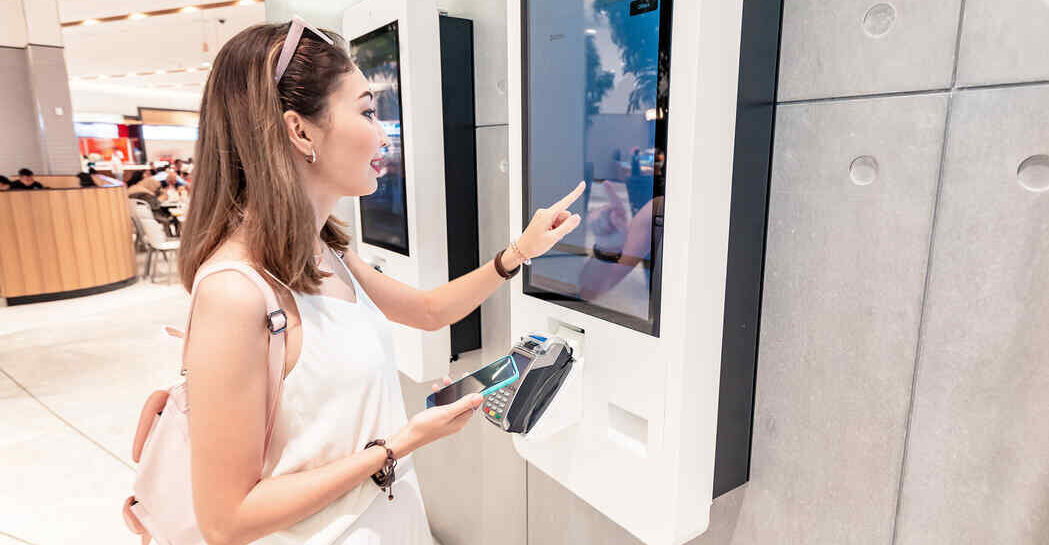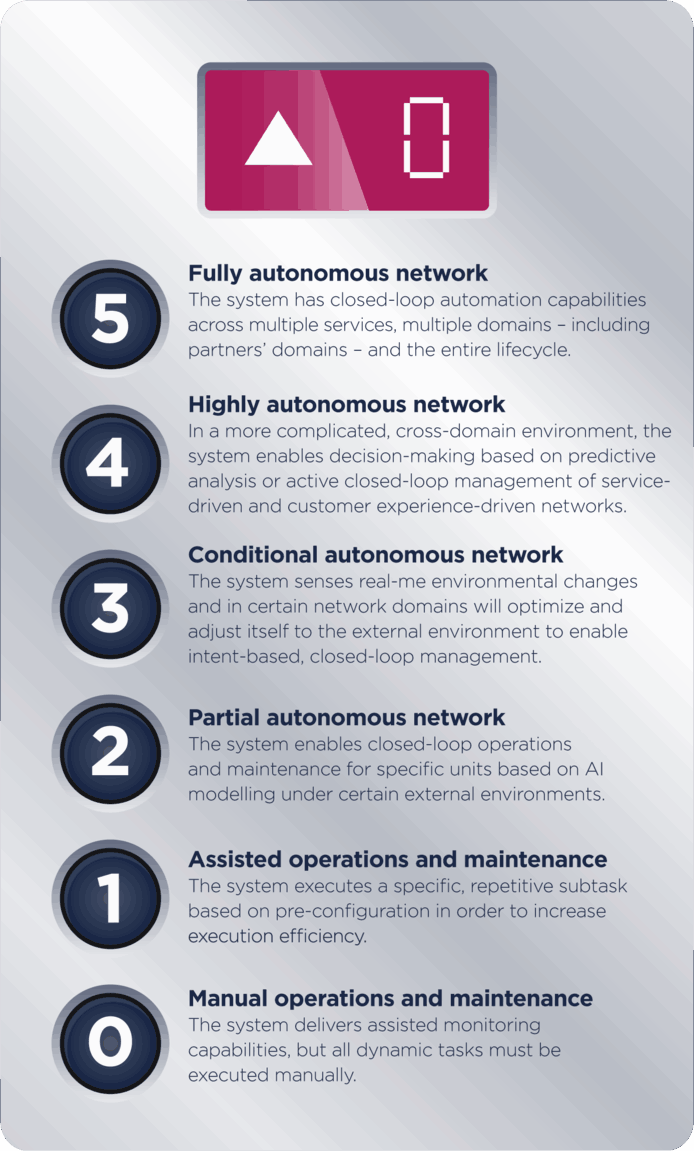
To offer customised products and services that meet customer use cases and deliver the revenue needed to thrive in the era of 5G, carriers must embrace automation and new business models.
“We do not take a trip; the trip takes us,” says John Steinbeck in a travelogue written late in his career as he toured the United States talking to the everyday people that inspired his Nobel Prize-winning novels.
Observing that in history “there are no new problems”, Martin Creaner, a 35-year veteran of the telecommunications industry and author of “Transforming the Telco”, likens the enterprise of digital transformation at telcos to the journey taken in another of Steinbeck’s most-loved books, “The Grapes of Wrath”. Fleeing from the dust bowl of Oklahoma during the Great Depression, the Joad family finds their destination in California unable to supply the opportunity they had hoped for.
As they embrace digitalisation, telcos run a similar risk. “I’ve been looking at transformation for many years and see telcos being dragged along by transformation,” says Mr Creaner. Particularly, they are motivated by the realisation that selling 5G connectivity using existing business models will not deliver enough revenue to make rolling out the new networks profitable. But “telcos need to think about the destination of transformation an awful lot before they start the journey.”
“I’ve been looking at transformation for
many years and see telcos being dragged along by transformation. Telcos need to think about the
destination of transformation an awful lot before they start the journey.”
Martin Creaner, author, “Transforming the Telco”
Thriving through differentiated service
Experts including Mr Creaner have spoken of 5G2B—the offering of 5G services to business—as a way for carriers to find the revenue they need to thrive in the 5G era. Nik Willetts, the chief executive of TM Forum, an industry body that unites stakeholders including telcos and technology vendors to collaboratively create solutions to common challenges, sees the key imperative as being able to offer a “differentiated customer experience” when it comes to connectivity. As some more easily disrupted industries did a decade or two ago, telcos are now finding that to survive they must offer their B2B clients and partners flexible products and services that adapt to their distinctive needs and use cases in real-time.

As an example, Mr Willetts describes how a maker of industrial equipment might use an ultra-high-quality, low-latency connection for a video or VR call that lets a veteran engineer at headquarters help a junior one make repairs or customisations at a remote worksite. The manufacturer can then offer its customer a higher quality of service, faster and potentially at lower cost, while maximising uptime, minimising travel and making wider use of its most skilled workers. But they only need the enabling network capability for a short amount of time. Telcos then have the chance to create a “network slice”—a purpose-designed, resilient virtual network enabled by 5G technology—that gives the manufacturer and its engineers exactly what they need, at a fixed price that maximises revenue from the network while also minimising the cost to the user, who no longer needs to pay a subscription fee when the service is not in use.
“The complexity of a telco network
requires a high degree of automation because you can’t have human beings deployed every time you
need to make changes when the network requirements are constantly changing.”
Nik Willetts, chief executive, TM Forum
Automating customisation
Network slicing to create such customised services is among the most touted capabilities of 5G. But having to manually configure a slice for each use case would discourage telcos from making the offer. That has brought TM Forum to promote greater automation of carrier operations as a solution. “Traditionally, telecom networks have been hardwired to deliver a certain volume of connectivity,” says Mr Willetts. Today, “the complexity of a telco network requires a high degree of automation because you can’t have human beings deployed every time you need to make changes when the network requirements are constantly changing.”
TM Forum is driving multiple initiatives to help carriers progress through what it sees as five phases of automation (figure 1), leading all the way to fully autonomous networks that will help them realise value from differentiated experiences enabled by a broad range of technologies and capabilities. Creating industry-standard “open APIs” that allow network technologies to be controlled by software is a key part of TM Forum’s work in this area.

Figure 1. TM Forum’s five-phase maturity model for carrier automation
Beyond technology
A previous chief executive of TM Forum himself, Mr Creaner says that in writing his recent book on the topic, he’s been able to step back and take a look at telcos’ digital transformation “as broadly as possible”. Process automation is crucial, but it is just one of ten journeys or challenges that telcos must face “to fully deal with digital transformation”.
Mr Willetts agrees that technology is only one part of the transformation telcos have to undertake. “We would put equal if not greater focus on business models,” he says. Models “where you’re charging for a particular outcome rather than just consumption” are one option telcos can adopt. Platform-based models, where carriers enable an ecosystem of third-party providers that use differentiated infrastructure to offer services from communications to media and gaming, offer further possibilities. “Technology, operating model and business model transformation are the three crucial factors,” says Mr Willetts. “And I can’t say enough—they all have to be anchored in what your customer actually wants. How do you give them a great experience?”
“Technology, operating model and
business model transformation … all have to be anchored in what your customer actually wants.
How do you give them a great experience?”
Nik Willetts, chief executive, TM Forum

Technology, business models and how carriers can deliver differentiated customer experiences will be among the topics discussed at the Operations Transformation Forum 2022, a hybrid event running March 1st-2nd 2022 in Barcelona and online. To learn more and register, please visit huawei.com/en/events/otf



